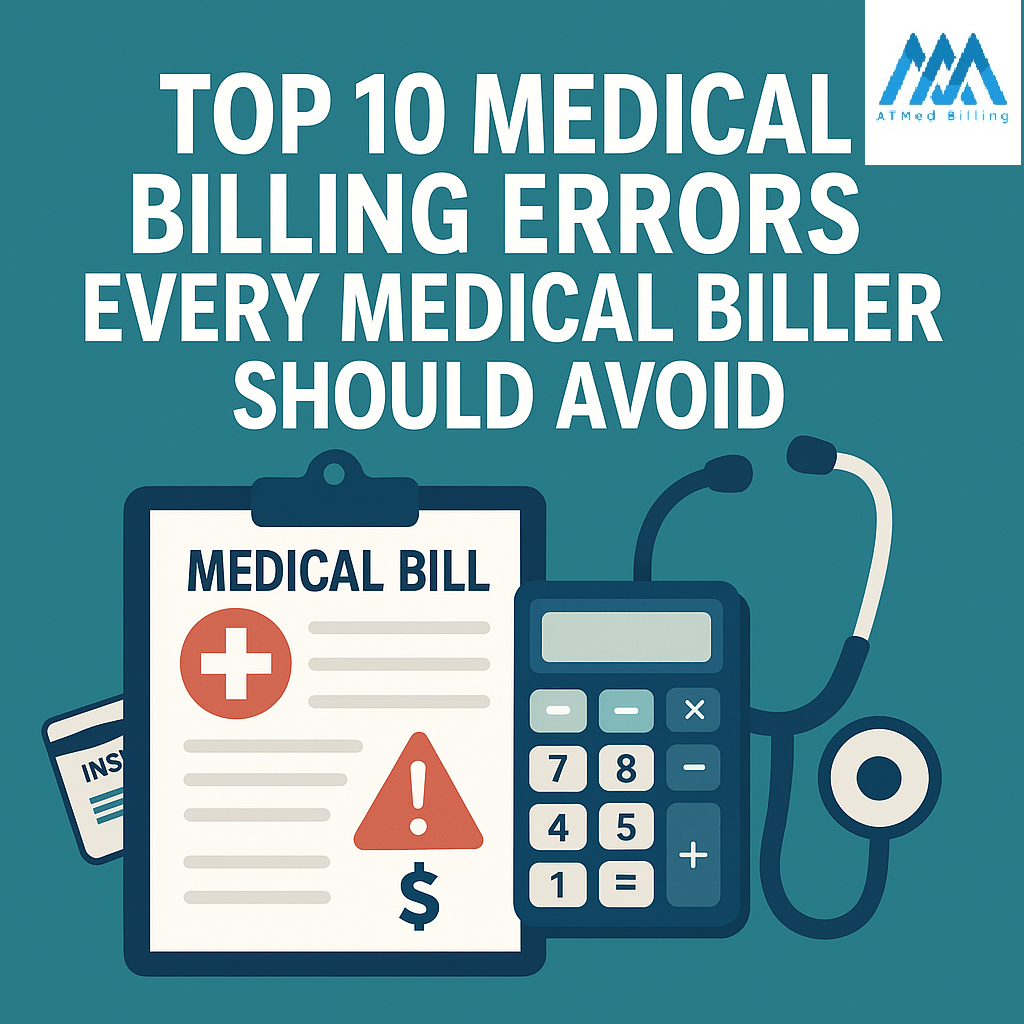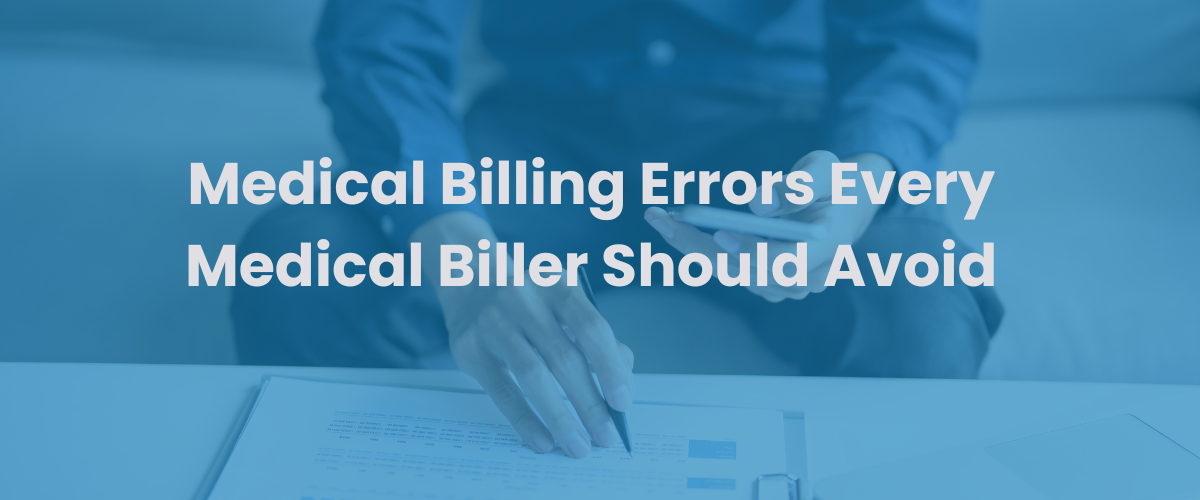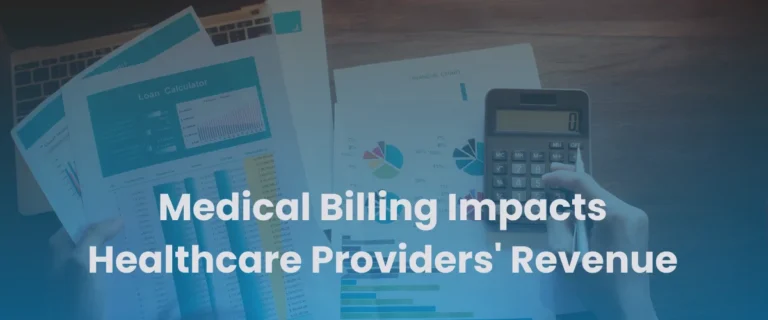Medical billing professionals play a crucial role in the U.S. healthcare system, ensuring providers are paid accurately and promptly. But even experienced billers can encounter common errors that delay payments, increase denials, or trigger compliance audits.
Medical billing is a detailed oriented and complex process that leads to errors. Minor mistakes can lead to claims rejection and denial,Compliance violation and ultimately lower the revenue for your healthcare practice.
Recent research and reports state that 80% of medical bills contain errors. These medical billing errors cost provider around 6.2 billion annually in denied claims and missed reimbursement
10 Most Frequent Medical billing Mistakes and Prevention
This blog post highlights the 10 most frequent medical billing mistakes and offers practical tips for billers to prevent them, ensuring clean claims, faster reimbursements, and fewer compliance issues.
1. Duplicate Billing
Issue: Submitting the same charge more than once for a single service.
Prevention: Always verify the claim history in your billing software before submission and reconcile with provider documentation.
2. Inaccurate Patient Information
Issue: Incorrect names, birthdates, or insurance details can result in immediate denials.
Prevention: Implement a verification process at registration and use automated tools to validate patient demographics and eligibility.
3. Upcoding
Issue: Using codes that represent more complex or costly procedures than were actually performed.
Prevention: Stay aligned with provider documentation and follow CMS guidelines. Conduct periodic audits for accuracy.
4. Unbundling
Issue: Billing separately for services that should be reported as a single bundled procedure.
Prevention: Use National Correct Coding Initiative (NCCI) edits and payer-specific bundling rules to guide coding practices.
5. Billing for Services Not Rendered
Issue: Charging for procedures or services that were not provided.
Prevention: Always cross-reference claims with signed provider notes or encounter forms. Maintain complete audit trails.
6. Incorrect Procedure or Diagnosis Codes
Issue: Use of outdated or mismatched CPT, HCPCS, or ICD codes.
Prevention: Regularly update codebooks and billing software. Provide continuous training for coding staff.
7. Balance Billing Errors
Issue: Inappropriately billing patients for charges beyond the allowed amount by insurance (especially for in-network providers).
Prevention: Understand payer contracts and ensure staff are trained in balance billing regulations by state and federal law.
8. Payer Mismatch or Incorrect Insurance Billed
Issue: Claims submitted to the wrong payer or out of coordination sequence for dual-coverage patients.
Prevention: Confirm primary vs. secondary insurance using coordination of benefits (COB) processes and real-time eligibility checks.
9. Misapplied Payments
Issue: Payments applied to the wrong patient account or service line, affecting reconciliation and patient balances.
Prevention: Use robust payment posting systems and reconcile with remittance advice (ERA/EOB) regularly.
10. Non-Covered or Unauthorized Services
Issue: Billing for services not covered by the payer or performed without prior authorization.
Prevention: Obtain pre-authorizations when required and confirm coverage using payer portals or clearinghouses.

Tips for Preventing Billing Errors
- Use electronic claim scrubbers to flag issues before submission.
- Stay current with coding changes (ICD, CPT, HCPCS).
- Implement QA checks and internal audits monthly.
- Attend ongoing billing and coding compliance training.
- Document everything—thoroughly and consistently.
How to Resolve a Billing Discrepancy Quickly and Effectively?
If you have noticed an error on your invoice or statement, resolving a billing discrepancy promptly is essential. Start by carefully reviewing the bill and identifying the incorrect charge. whether it is duplicate payment, an overcharge, or an unexpected fee. Next, gather all relevant documentation such as receipts, screenshots, and payment confirmations. Then, contact the billing department or customer service with a clear explanation of the issue and your supporting evidence. Be polite, professional, and concise. Most billing errors can be corrected swiftly when addressed through the right channels. If needed, follow up or escalate the matter to ensure timely resolution. Staying organized and proactive is key to handling any invoice discrepancy smoothly.
Conclusion
Medical billers are the frontline defense against revenue leakage and claim denials. By mastering these common pitfalls and implementing prevention strategies, you can ensure higher claim approval rates, faster reimbursements, and maintain compliance with federal and payer-specific regulations.




